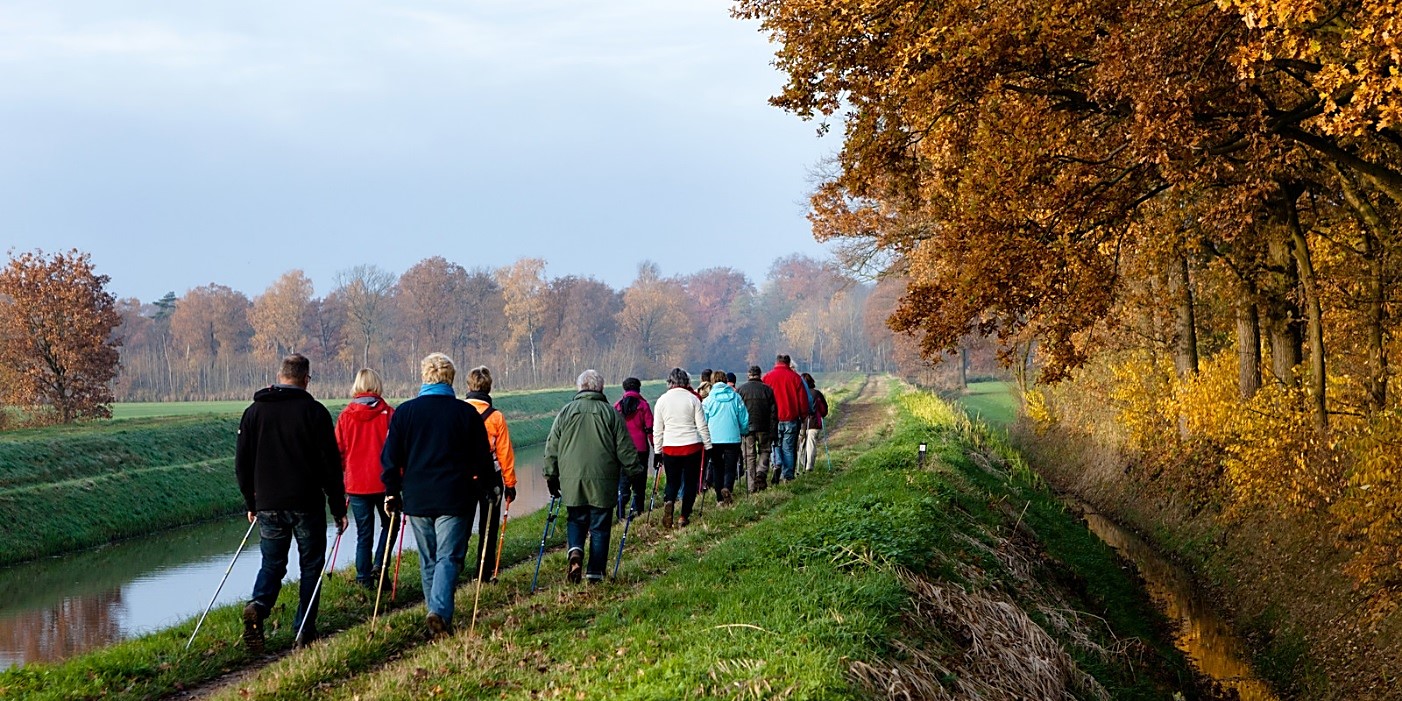
by Fern Shaw | Nov 27, 2024 | water cooler, Water Coolers
Winter is almost upon us, bringing with it time to bundle up, exercise less, and usually eat less greens and more of the comfort food … or so we’d think.
But resorting to more hibernation-type habits isn’t really the way to go (One of my personal mantras is ‘shoulda been a bear’ – as I believe hibernating for 8 months of the year is a sound idea). There are loads of options we can take in the winter months that aren’t that difficult to follow and can keep us as summer lean in the process.
Keep exercising
I’m not suggesting you swim the Channel or go running in minus ten-degree weather, but if you attend a gym or health fitness club, keep up with it. In cold months, your own exertions will keep you nice and toasty while exercising, instead of trying to continuously cool down when you’re exercising in the summer months. Just remember to keep hydrated. You can become just as dehydrated in winter as you can in the summer.
Drink water, lots of it.
If you don’t have access to a fitness club, exercise at home – there is tons of information on YouTube, on social media, or on the internet in general, that can give you adequate instruction on exercise regimes you can follow to keep toned up.
Bulk up with rich, healthy food
Again, the instinct (which is hard-wired into our genetic code) is to eat rich, fatty foods in winter so we can bulk up and insulate ourselves. The thing is, we’re not seals and we don’t live in the Arctic (even if some days it may feel like it). There are loads of options to eat hearty-warming food without packing on the weight.
It makes good sense to eat with the seasons. Food in season right now is plentiful which will keep your spend on food down, as in-season food is more readily available.
There’s such a vast range of seasonal food that’s available now, you’ll be spoilt for choice:
Fruit – Pears; apples, cranberries; elderberries and quinces are all in season now.
Vegetables – Artichoke, beetroot; butternut squash; celeriac; celery; chicory; chillies; horseradish; leeks; marrow; parsnips; pumpkin; shallots; swede; sweetcorn and tomatoes.
Herbs and nuts – Almonds; brazil nuts; chestnuts; chives; hazelnuts; rosemary; sage; sorrel and walnuts.
For the meat eaters – Beef; duck; lamb; rabbit; turkey and venison.
Fish – Clams; cod; dover sole; haddock; halibut; hake; lobster; mackerel and plaice.
Finally, in the food annals – don’t forget about good old porridge: Oats provide soluble fibre called beta-glucan which can help lower LDL (bad) cholesterol. The fibre in oats makes it a slow-releasing carbohydrate which keeps blood sugars steady so should stop you reaching for a high-fat snack. If you are not a fan of porridge, add oats to smoothies, mueslis, or yogurts, to bread or fish.
Don’t stop drinking your water!
Throughout all of this, keeping up with exercising; eating the right food, the most important winter months regime is to keep up with drinking water – if you’re averse to cold water, then drink warm water.
If you’re dispensing water from your AquAid water cooler in the workplace, office, store, shop, retail space, school, college, or university, you’ll be spoilt for choice depending on which of our wide range you have installed. We supply high-quality machines that dispense ambient temperature, hot, cool, or chilled water at the wave of your hand/at the touch of a button.
Not only does water fill you up and make you less inclined to eat too much, but often when you think you’re hungry, you’re actually dehydrated, so drinking enough water is a win-win all around.
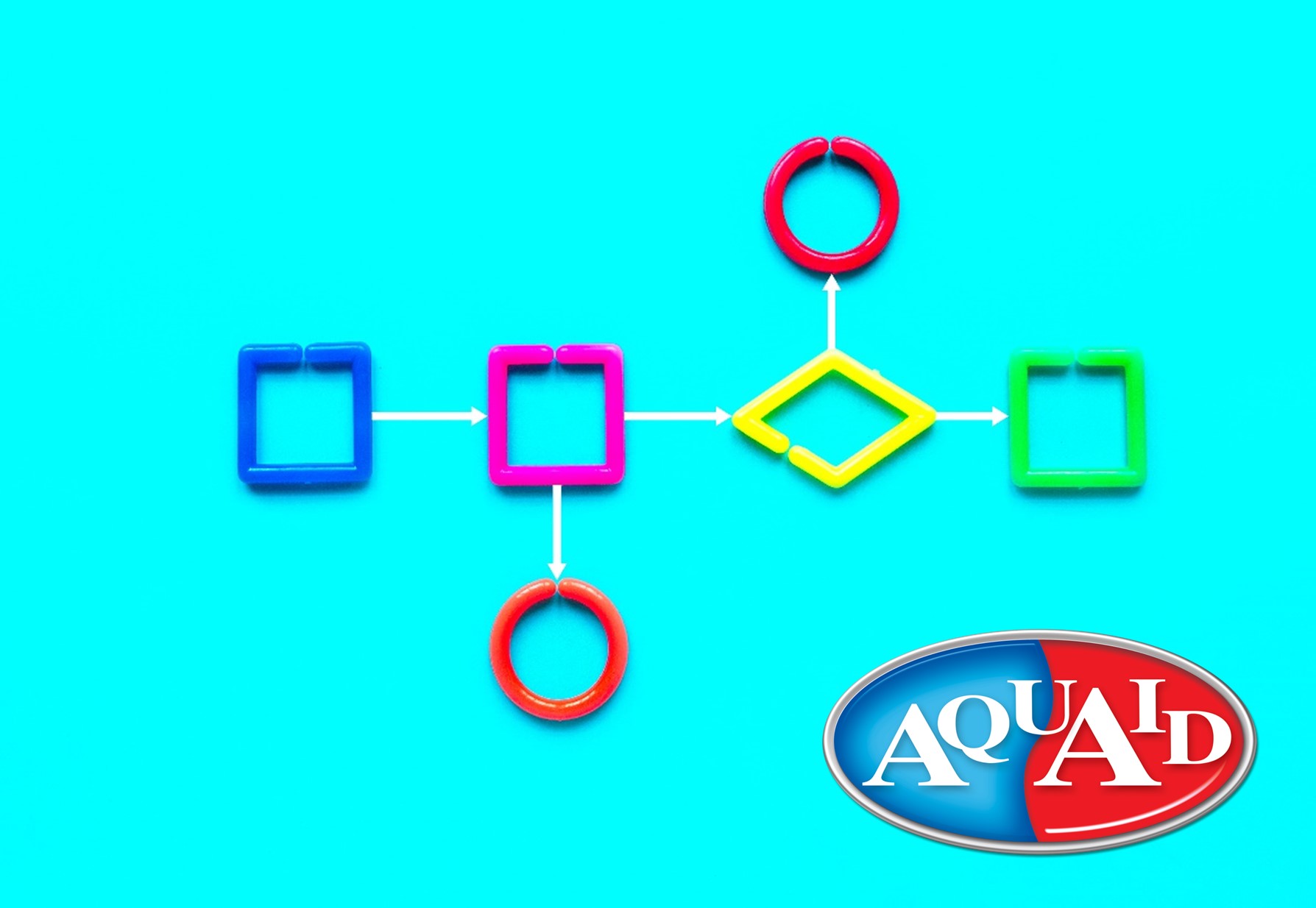
by Fern Shaw | Nov 12, 2024 | water boiler, Water Boilers, Water Coolers
Being spontaneous is all fair and well enough in certain aspects of our lives: switching up where you take your holiday or buying a neon lime-green cover for your iPhone or Android where you usually opt for a matt black.
When it comes to your pocket, health and well-being though, preparation and planning is usually the wiser choice. ‘Be prepared’ after all is the call sign of the Scouts and Guides and who doesn’t appreciate a person who’s prepared for any eventuality.
It’s the same when it comes to your colder weather drinking water habits. In this regard, though, you needn’t worry: AquAid have you coolered as well as boilered.
But are there real benefits to installing an AquAid Water Boiler? As it turns out, there are plenty, but for the purposes of this article, we’re highlighting just a few:
A water boiler is extremely cost effective, both from an operational and time-saving perspective. Many hours of productivity are lost waiting for the kettle to boil.
The water is kept at the optimum temperature, safe enough that it won’t scald, but hot enough to brew up your preferred hot drink.
Depending on your requirements, whether you choose the smaller AquAid Eco Compact Water Boiler, ranging all the way up to the larger AquAid Eco Wall Fit LargeFlow Water Boiler, each machine in in AquAid’s high-quality range is designed so that you get the most out of your water boiler.
With the cooler weather now upon us and the temperatures dropping as we head towards the end of the year; it makes good sense to install the right-fit water boiler in your premises as soon as possible – wherever your location or whatever size your workspace.
Chat to us at AquAid today.
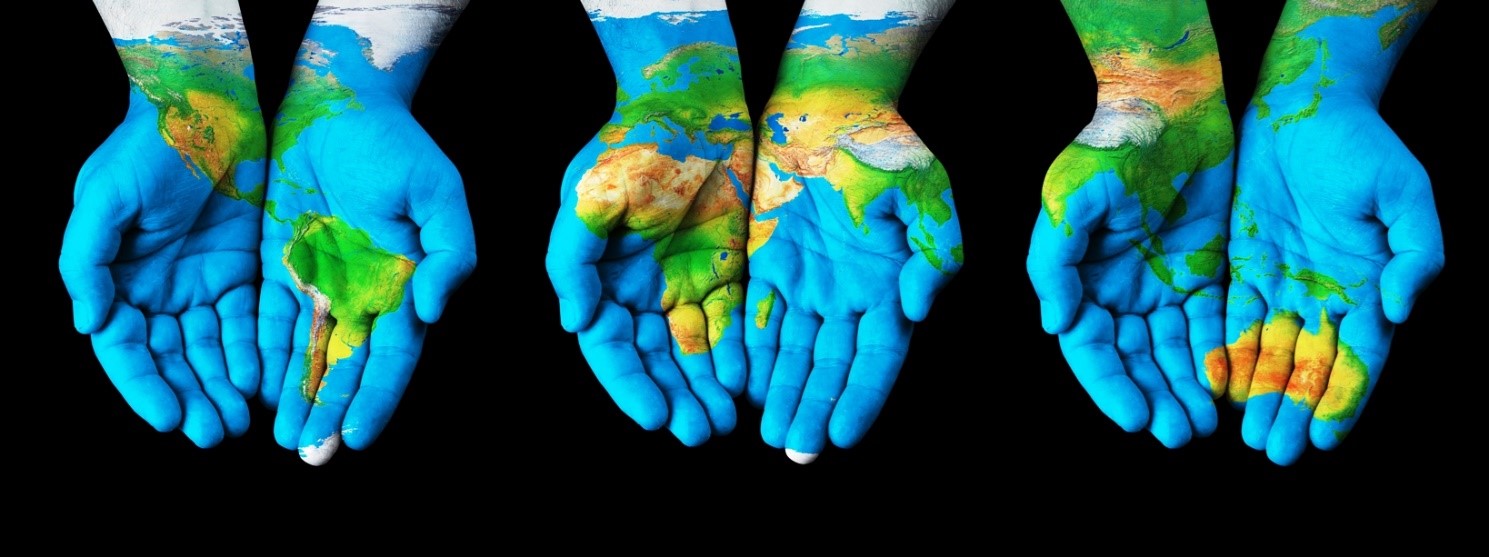
by Fern Shaw | Nov 5, 2024 | water cooler, Water Coolers
Corporate Social Responsibility (CSR) is the heart and soul of your organisation. It’s about understanding your impact on communities and the environment and taking proactive steps to meet or exceed ethical, legal, commercial and public expectations.
AquAid is committed to responsible business practices and inspiring others to make a difference. We believe that sharing responsibility is an integral part of daily work and that making a positive impact complements commercial success.
A core part of AquAid’s mission is providing sustainable solutions to poverty and emergency relief. Through partnerships with the AquAid-founded Africa Trust and our 25-year collaboration with Christian Aid, we’ve helped countless communities and you can too.
By choosing AquAid as your water cooler supplier, you’re not just getting a quality product and exceptional service; you’re also playing a vital role in bringing hope to those who need it most and breaking the cycle of poverty. As our founder, Paul Searle, once stated, “A great partnership involves business, charity, and community working together.”
When you involve your employees in this partnership, it doesn’t just inspire them but also fosters a sense of belonging within your company. It helps create a healthier working environment, boosts employee satisfaction, loyalty and develops a positive and sustainable social contribution policy. Your CSR decisions will also give your organisation a competitive edge and enhance your credibility.
Simply choosing AquAid as your water cooler supplier can make a significant impact on your company’s CSR efforts. By switching to AquAid, you’re making a difference that will last a lifetime.
To date, with the help of our partners, AquAid has donated over £22 million to charity, benefiting countless families and communities across Africa.
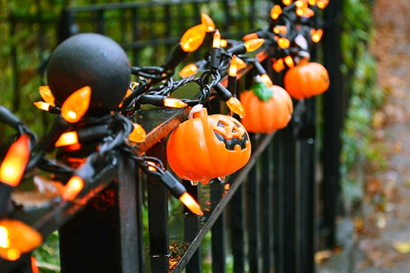
by Fern Shaw | Oct 30, 2024 | water cooler, Water Coolers
Contrary to popular opinion, the origins of observing Halloween aren’t American – but those of ancient Celts throughout Britain, Ireland and northern France.
With the Romans invading Britain around 43AD, it is believed that they added their rituals of the period with those of the Celtic traditions, one of these being the current Halloween tradition of ‘bobbing’ for apples. The Roman goddess of fruit and trees was known as Pomona – her symbol being that of the apple.
Moving forward a few decades brought the Christian observances, those closest to Halloween being All Hallows’ Day, also known as All Saints Day. All Hallows Day was originally celebrated on the 13th of May, however, it is believed that this was moved to 01 November, as an attempt to replace or assimilate the Celtic Samhain festival with a related but church approved celebration.
Whatever the observance, there’s no doubt that to many, Halloween is a wonderful, fun-filled acknowledgement of winter drawing close.
Throughout Britain Halloween has traditionally been celebrated by children’s games such as bobbing for apples in containers full of water, telling ghost stories and the carving of faces into hollowed-out vegetables such as swedes and turnips. Unlike the majority of Halloween traditions originating from Britain, it is in fact, the pumpkin as the carve vegetable of choice that has come from the United States. However this change occurred, it’s a prudent choice, as we imagine it’s far easier to carve a pumpkin than it is a swede or turnip.
However you choose to celebrate Halloween, we would suggest that you reserve the water from your water cooler to rather quench your thirst or to wash down all the Halloween ‘candy’, instead of filling up containers to bob for apples.
That said, here at AquAid, we wish you all a Happy Halloween and more treats than tricks.
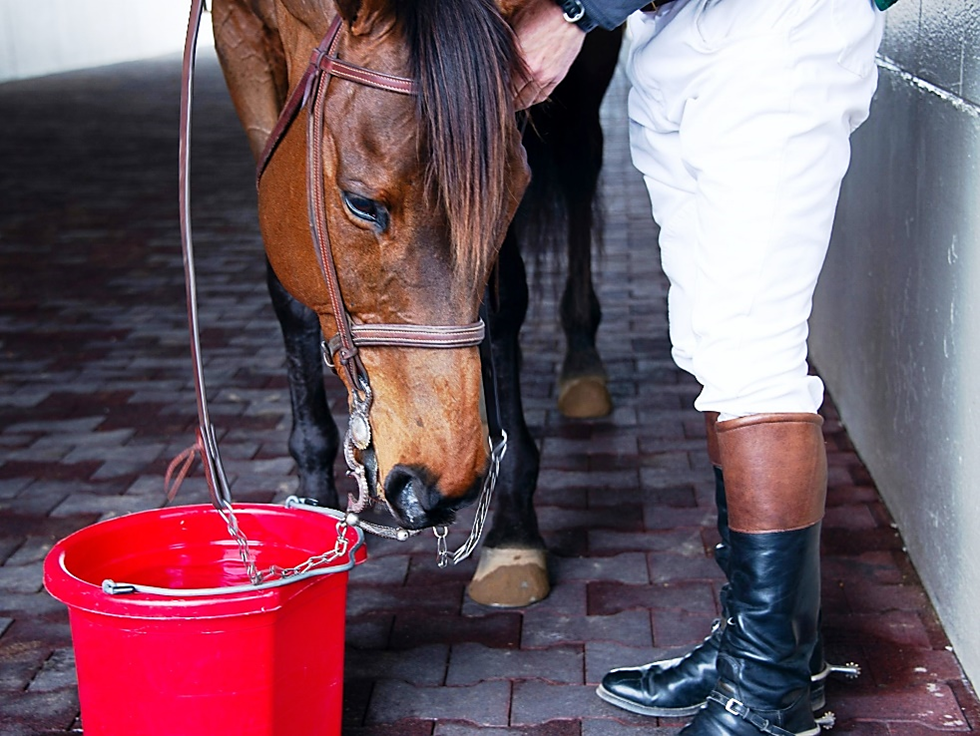
by Fern Shaw | Oct 17, 2024 | Water Coolers
As you no doubt already know, the full proverb reads like this:
You can lead a horse to water but you can’t make it drink.
Meaning: People, like horses, will only do what they have a mind to do.
It would seem that water replenishment is an integral part of life, even in philosophy.
Comparing equine and human minds may seem a bit of a stretch, however, how often is it that despite knowing our brain and body requires hydration, we invent a plethora of excuses not to take that 5 minute rest break to visit the water cooler and replenish our drinking water? Probably far too often.
I would go so far as to say that human beings, with our busy lives, overcomplicate the simplest necessity and we invent a number of reasons to not adequately hydrate, whereas all other species trust their instinct and drink water the minute they require it.
The solution perhaps, is to simplify matters all things water.
That’s where AquAid comes in. With more than 25 years’ experience in delivering our very best in sales, products and service, you can rely on us to provide the right water dispensers to fulfil your drinking water requirements.
Browse our range online:
Contact us via the following channels:
Complete our Free Quote form; E-mail: marie@aquaidwatercoolers.co.uk or Telephone: 0800 772 3003

by Fern Shaw | Oct 7, 2024 | water cooler, Water Coolers, water dispenser
World Teachers’ Day is dedicated to celebrating the invaluable contributions of teachers to our society. Their role extends far beyond the classroom – shaping minds, nurturing potential and inspiring generations to come.
Why are Teachers so Important?
Foundational Knowledge: Teachers are the architects of young minds. They impart essential knowledge, skills and values that form the foundation for a child’s future.
Nurturing Growth: Beyond academics, teachers create a supportive environment that fosters personal and social development. They encourage critical thinking, problem-solving and creativity.
Adapting to Change: In an ever-evolving world, teachers must continuously adapt their teaching methods to meet the needs of diverse learners and embrace new technologies.
Inspiration and Motivation: Teachers have the power to inspire students to reach their full potential. By fostering a love for learning and encouraging curiosity, they help students develop a lifelong passion for knowledge.
At AquAid we provide water dispensers to educational facilities from pre-schools, primary & high schools, academies through to colleges and universities across the UK. We hope you will join us as we express our appreciation and gratitude for everything that teachers do!






